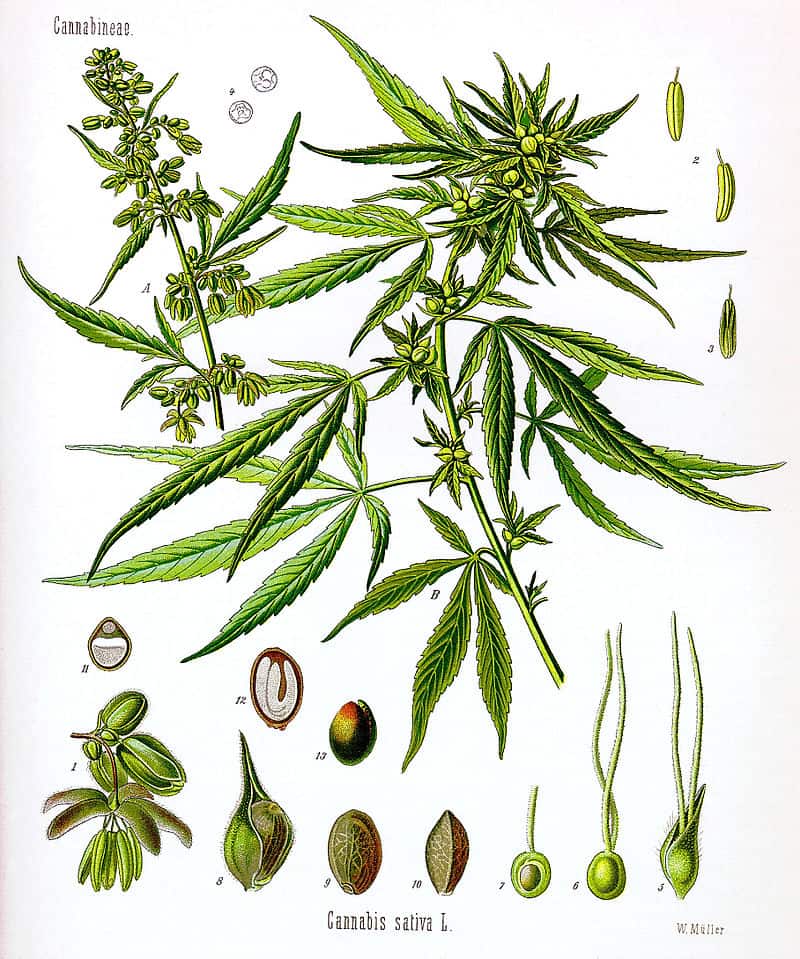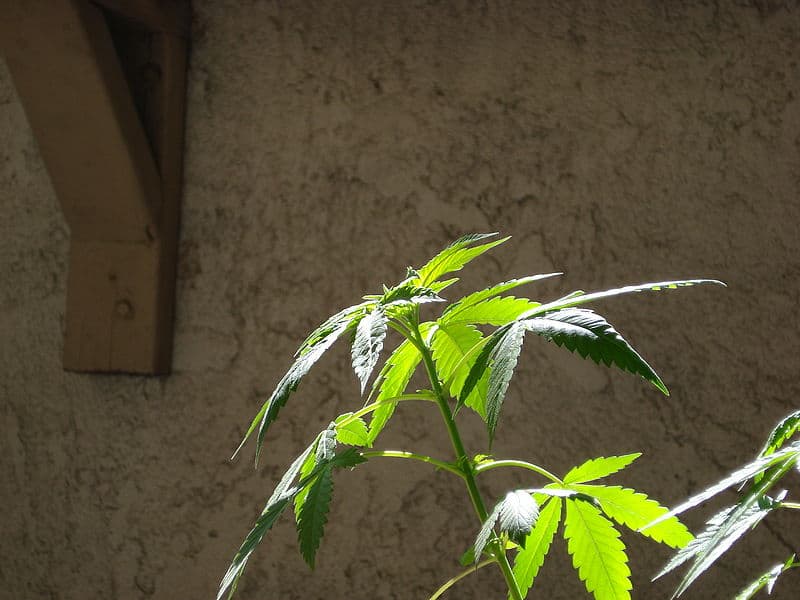Disclaimer
By writing this post, we are neither condoning or condemning the use of cannabis. This post is not based on actual experience, because we are not based in a legal state. So, this is just research and a comparison to our tobacco growing guides. We believe that the similarities between the two plants provides us with an understanding of the nutrient requirements for cannabis. In addition, we feel that natural fertilizers are a superior product for the cannabis industry. Neptune’s Harvest makes a superior product for use as a cannabis fertilizer. This is due to the low risk of burning plants with excess nitrogen. Because cannabis is illegal in some locations, always check with local authorities.
In posting this, we are just seeking to provide some facts about fertilization rates and organic versus chemical. Today, we are not going to comment one way or the other on the legality of growing cannabis. Nor should this post be seen as legal advise. You should always abide by federal, state, and local laws. We do not support illegal activity, so check with your local authorities before growing!
Politics Aside, This is an Amazing Plant.
Today, we will not get into the politics of cannabis. The intent of this article is simply to educate and inform. Having said all that, this plant is quite simply amazing. Cannabis is likely one of the first plant cultivated by humans. It has been proposed that cannabis contributed to the evolution of the human brain due to its neuroregenerative properties.

Like it or not, cannabis cultivation will continue to increase world-wide. From both an industrial and medicinal standpoint, there is simply too much value to ignore cannabis as a crop. So, what’s the best way to care for this plant? We’re here to advise you!

Nutrient Requirements for Cannabis Fertilizer
Aside from the usual N-P-K, cannabis requires ample calcium, magnesium, and sulfur to thrive. Additionally, trace levels of silicon, boron, cobalt, copper, iron, zinc, and manganese are important. Of course, none of these nutrients are typically included in chemical fertilizers. Usually, they only focus on N-P-K numbers. An organic product like this supplies many trace minerals from natural sources. This feeds the soil with nutrients the plant needs to thrive.
Typically, higher nitrogen levels are needed in the growth phase of cannabis production. During this phase, long-duration lighting is used to provide rapid growth. Using 12 hours or more of lighting makes the plant believe it is spring or summer. After the plants reach maturity, indoor growers typically reduce the lighting hours. This tricks the plant into thinking autumn has arrived. Cannabis goes to bud in the fall. So, reduced lighting triggers the budding process. High levels of phosphorus are required for flower production. Therefore, budding is a great time to supplement with natural kelp.
While it is easy to damage your cannabis plants with too much chemical fertilizer, organic and natural fertilizers allow more room for mistakes. We suggest that indoor growers using potting soil avoid traditional fertilizer to preserve the microbiology within their growing medium. As an alternative, we propose a feeding schedule suited to indoor growing.


